Insight Article
Dr. C.V Raman's contribution to scientific research and also his ingenious research study aided India and also the World. He was born upon 7 November, 1888 in Tiruchirappalli, Tamil Nadu. His daddy was a lecturer in Mathematics and Physics and so at a young age, he was subjected to a scholastic atmosphere.
Dr. C.V. Raman was born upon 7 November, 1888 in an orthodox South Indian Brahmin household in Tiruchirappalli, Tamil Nadu. His papa's name was Chandra Shekhara Aiyer who was a teacher in Mathematics as well as Physics in a college in Vishakhapatnam. His mom's name was Parvathi Ammal.
At the age of 11, he passed his admission as well as 12th course at the age of 13 with a scholarship. In 1902, he signed up with the Presidency College and received his graduate degree in 1904. That time, he was the only pupil who obtained the first division. He has done his Master's in Physics from the same college and beat all the previous records. In 1907, he got married to Lokasundari Ammal as well as had two boys namely Chandrasekhar as well as Radhakrishnan.
Career
Due to his dad's sake, he appeared for the Financial Civil Services (FCS) exam and topped it. In 1907, he went to Calcutta (currently Kolkata) and signed up with as Assistant Accountant General. In the extra time, he went to the research laboratory for doing research at the Indian Association for Cultivation of Sciences. His work was really stressful and he proceeded with his research work at night because of his core rate of interest in science.
Though the facilities availability were extremely minimal, he continued his study and also published his work in prominent international journals including 'Nature', 'The Philosophical Magazine', 'Physics Review', etc. During that time, his researches were focused on the areas of resonances and acoustics.
He obtained an opportunity to sign up with the University of Calcutta in 1917, as the initial Palit Professor of Physics. After 15 years at Calcutta, he came to be the Professor at the Indian Institute of Science at Bangalore from 1933-1948. In 1948, he came to be the Director of the Raman Institute of Research at Bangalore which was developed as well as enhanced by him only.
Discoveries
He developed the Indian Journal of Physics in 1926 where he was the Editor. He also sponsored the establishment of the Indian Academy of Sciences and acted as the President from its inception. He was the President of the Current Science Association in Bangalore, which publishes Current Science (India).
In 1928, he composed an article on the concept of music instruments to publish in the 8th Volume of the Handbuch der Physik. His work on on "Molecular Diffraction of Light" in 1922 led him to his ultimate discovery of the radiation effect which resulted in him to receive Nobel Prize in Physics in 1930. He came to be the first Indian to be awarded a Nobel Prize.
Various other researches accomplished included diffraction of light by acoustic waves of ultrasonic as well as hypersonic frequencies and also effects produced by X-rays on infrared vibrations in crystals exposed to a regular light.
In 1948, he worked on the fundamental issues of crystal characteristics. He worked on the properties of diamonds, as well as the framework and also optical behaviour of various iridescent compounds like pearls, agate, opal, and so on. He also worked on the optics of colloids, electrical as well as magnetic anisotropy and also the physiology of human vision.
No doubt, he was honoured with a lot of doctorates and also memberships of scientific societies. In 1924, he was chosen as a Fellow of the Royal Society early in his profession and was knighted in 1929.
He is best recognized for uncovering the 'Raman Effect' or the concept associated with the scattering of light. He revealed that when light passes through a clear material, a few of the deflected light changes its wavelength.
Awards as well as Honours
In 1924, he was elected as a Fellow of the Royal Society early in his profession as well as was knighted in 1929.
He was awarded the Nobel Prize in Physics in 1930.
He won the Franklin Medal in 1941.
He was awarded the Bharat Ratna in 1954, the greatest civilian honor in India.
In 1957, he was granted the Lenin Peace Prize.
The American Chemical Society and also the Indian Association for the Cultivation of Science in 1998 identified Raman's discovery as an International Historic Chemical Landmark.
On 28 February yearly, India commemorates National Science Day to commemorate the exploration of the Raman Effect in 1928 in his honour.
In 1970, he was diagnosed with a major cardiovascular disease while working in the laboratory. He took his last breath in the Raman Research Institute on 21st November, 1970.
His work has to be looked at with a perspective that India before independence did not have good facilities to do research. With very little resources, he was able to achieve so much and so early in his life. Nothing could stop him from getting the top award on the world.
What are the most typical applications of Raman spectroscopy?
Raman spectroscopy is made use of in many differed fields-- actually, any type of application where non-destructive, microscopic, chemical evaluation and imaging is required. Whether the objective is qualitative or quantitative data, Raman evaluation can give vital information conveniently and also quickly. It can be used to rapidly characterise the chemical make-up and structure of an example, whether solid, fluid, gas, gel, slurry or powder.
The conversation listed below highlights some vital areas where the use of Raman is well developed, and its value greatly valued.
Pharmaceuticals as well as Cosmetics
Compound distribution in tablet computers
Blend uniformity
High throughput testing
API focus
Powder web content and also pureness
Raw material verification
Polymorphic kinds
Crystallinity
Pollutant recognition
Combinatorial chemistry
In vivo evaluation as well as skin depth profiling
Gemstone as well as mineral identification
Fluid incorporations
Mineral as well as stage distribution in rock areas
Stage changes
Mineral behavior under severe conditions
Single walled carbon nanotubes (SWCNTs).
Purity of carbon nanotubes (CNTs).
Electrical residential or commercial properties of carbon nanotubes (CNTs).
sp2 and sp3 framework in carbon products.
Disk drive.
Ruby like carbon (DLC) coating buildings.
Defect/disorder analysis in carbon products.
Ruby quality and also provenance.
Characterisation of inherent stress/strain.
Purity.
Alloy make-up.
Contamination recognition.
Superlattice structure.
Defect analysis.
Hetero-structures.
Doping effects.
Photoluminescence micro-analysis.
Bio-compatibility.
DNA/RNA analysis.
Drug/cell communications.
Photodynamic treatment (PDT).
Metabolic accumulations.
Condition medical diagnosis.
Single cell analysis.
Cell sorting.
Characterisation of bio-molecules.
Bone structure.
Synopsis:
Name: Dr. Chandrashekhra Venkataraman or C.V. Raman
Born: 7 November, 1888
Birthplace: Tiruchirappalli, Tamil Nadu
Papa's Name: R. Chandrashekhara Aiyer
Mother's Name: Parvathi Ammal
Partner Name: Lokasundari Ammal
Died: 21st November, 1970
City of Death: Bangalore, Mysore State, India
Famous for: Raman Effect
Honors and Awards: Matteucci Medal, Knight Bachelor, Hughes Medal, Nobel Prize in Physics, Bharat Ratna, Lenin Peace Prize and Fellow of the Royal Society.
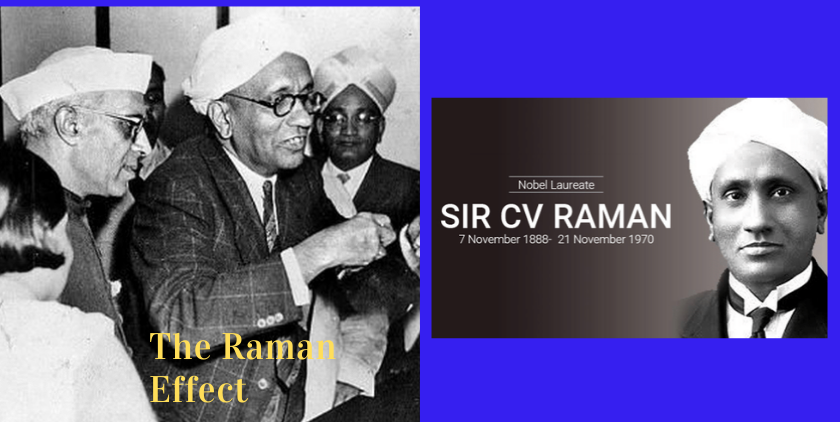


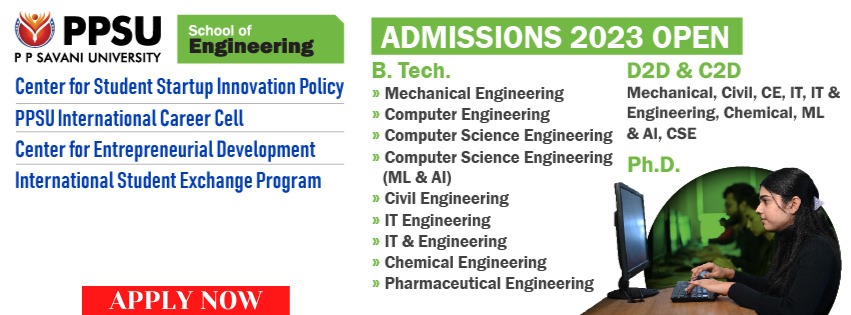
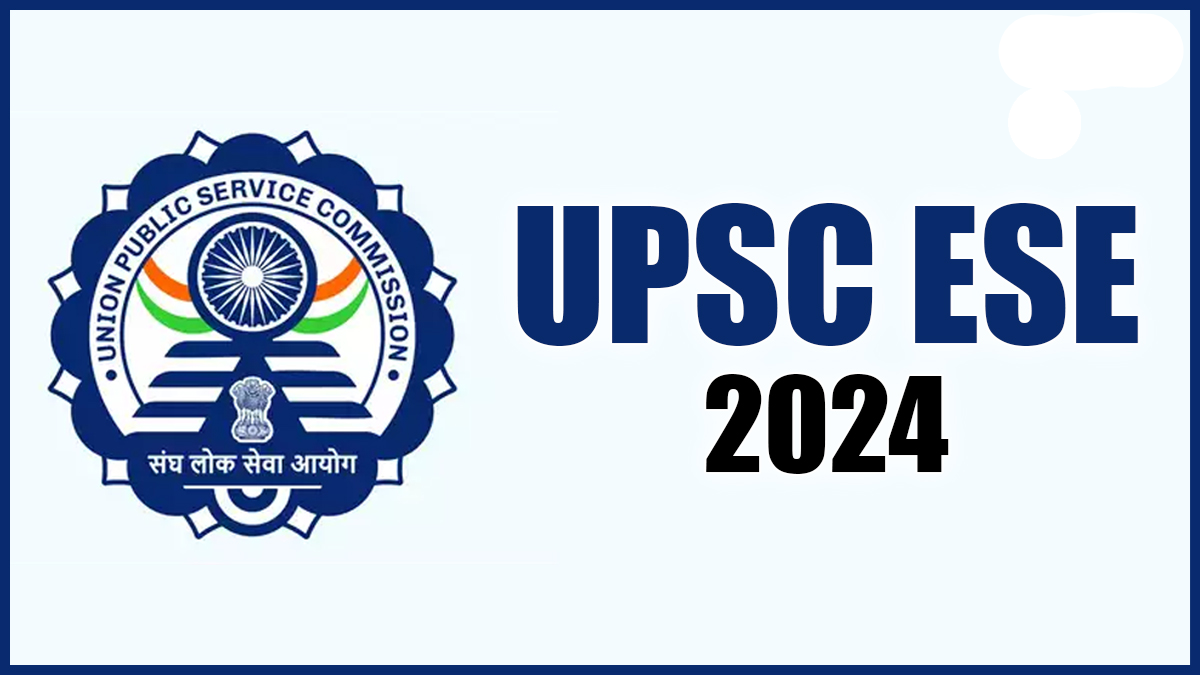
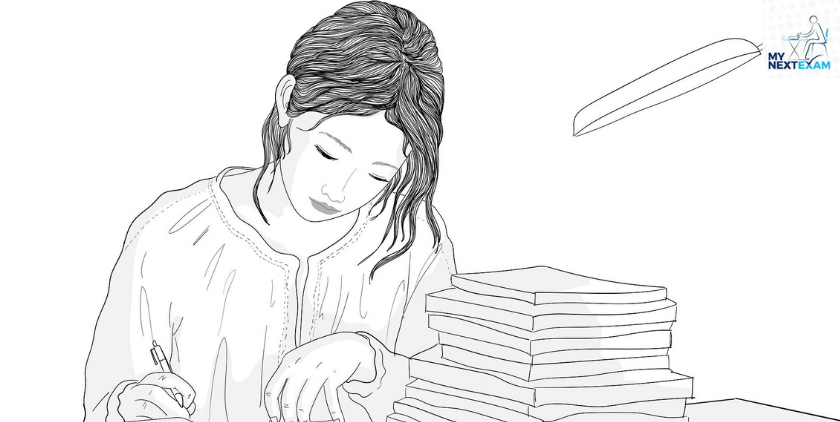


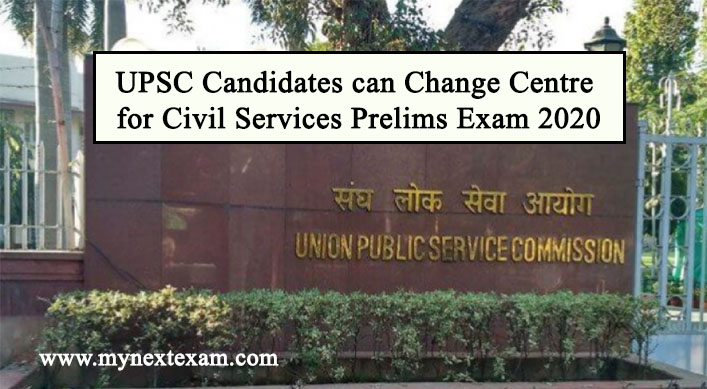

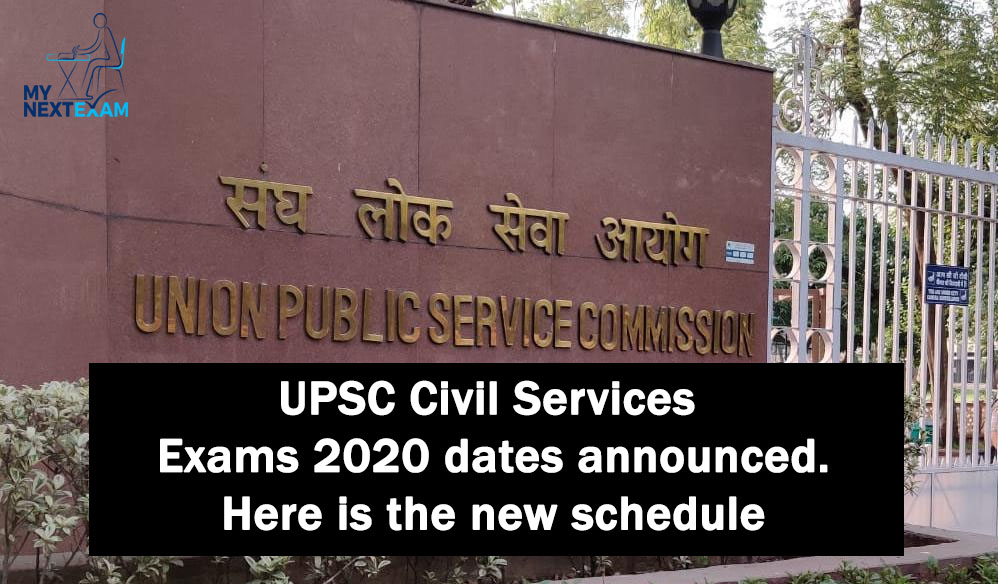





Leave a comment
Comments:
Shivam singh